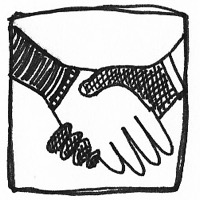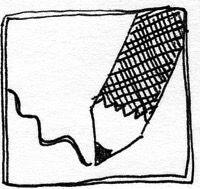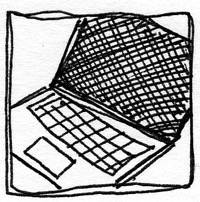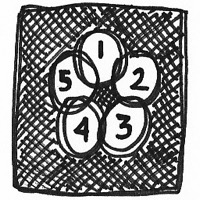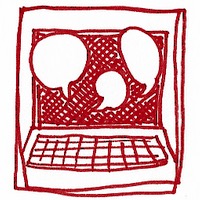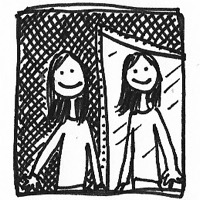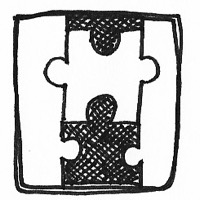In the eTC online course, the discussion board serves as a forum for emphasizing the canon of Memory in the final weeks of the semester. We chose to use a pilot group of students to engage with the question of whether a focus on Memory might serve to guide them in writing reflections of their process work and to understand how that work prepares them to enter a 21st-century community of technical communicators. We wondered if by asking students to create a metacognitive video reflection that they would share with their peers in a discussion board, by responding to two peers' videos, and by returning once again to these videos in the final portfolio they might start to deeply consider Memory as a meaning-making and community preparatory concept. We wondered whether this deep consideration of the concept would emerge, or whether we would simply receive reflective videos that quoted the word "memory" and definitions of it supplied by the course materials.
The pedagogical preference for the formalist canons of Invention, Arrangement, and Style, according to Kathleen Welch (1999), moves community experience to the margins, since "methodologies of science and humanism are favored," as are theorists over practitioners (p. 211). Our approach in our eTC pilot emerged from concerns such as Welch's and James E. Porter's (2009), as we were particularly interested in seeing whether the enshrinement of the canon of Memory, as the aspect of intense consideration at the end of the semester, might allow students in an online classroom space to forge community ties, to such a degree that they saw the community components of their multimodal composition practices as necessary and helpful to their entrance into workplace and social communities.
Porter (2009) suggested that attention to teaching Memory can potentially help students to transition between and simultaneously embrace multiple modes of communication as they help an individual assemble information and interact within digital and personal community contexts. His example concerns a worker in an emergency-room healthcare setting wherein "the communication dynamic involves print, oral, and digital forms of information" and, of course, the patient's body (p. 21). "Memory plays a key role in this setting," he wrote, as it forces us to see that a worker in this scenario "put[s] the topics of the rhetorical canon into dynamic tension" (p. 221).
With these critical conversations in mind, and given our concerted efforts to teach students various textual, oral, and visual communication modalities in eTC, we gave students the discussion board prompt for week 11, shared in the Entering Twenty-First Century Communities section. This particular discussion board asked them to do a meta-reflection of their project reflections and discuss how they saw their composing process evolve over the course of the semester. In a subsequent discussion board, we asked students to "think about [their] work in a larger context: the digital, multimodal world in which we live, socialize, and work." In the video we share on the following page, we offer examples of students' discussion board posts and excerpts from their reflection videos that reveal their direct consideration of the relationship between multimodal communication and entrance into 21st century workplace and social communities. The video also shows how students are not quite doing this, and begs the question of how we, as teachers, might help them to do so.
